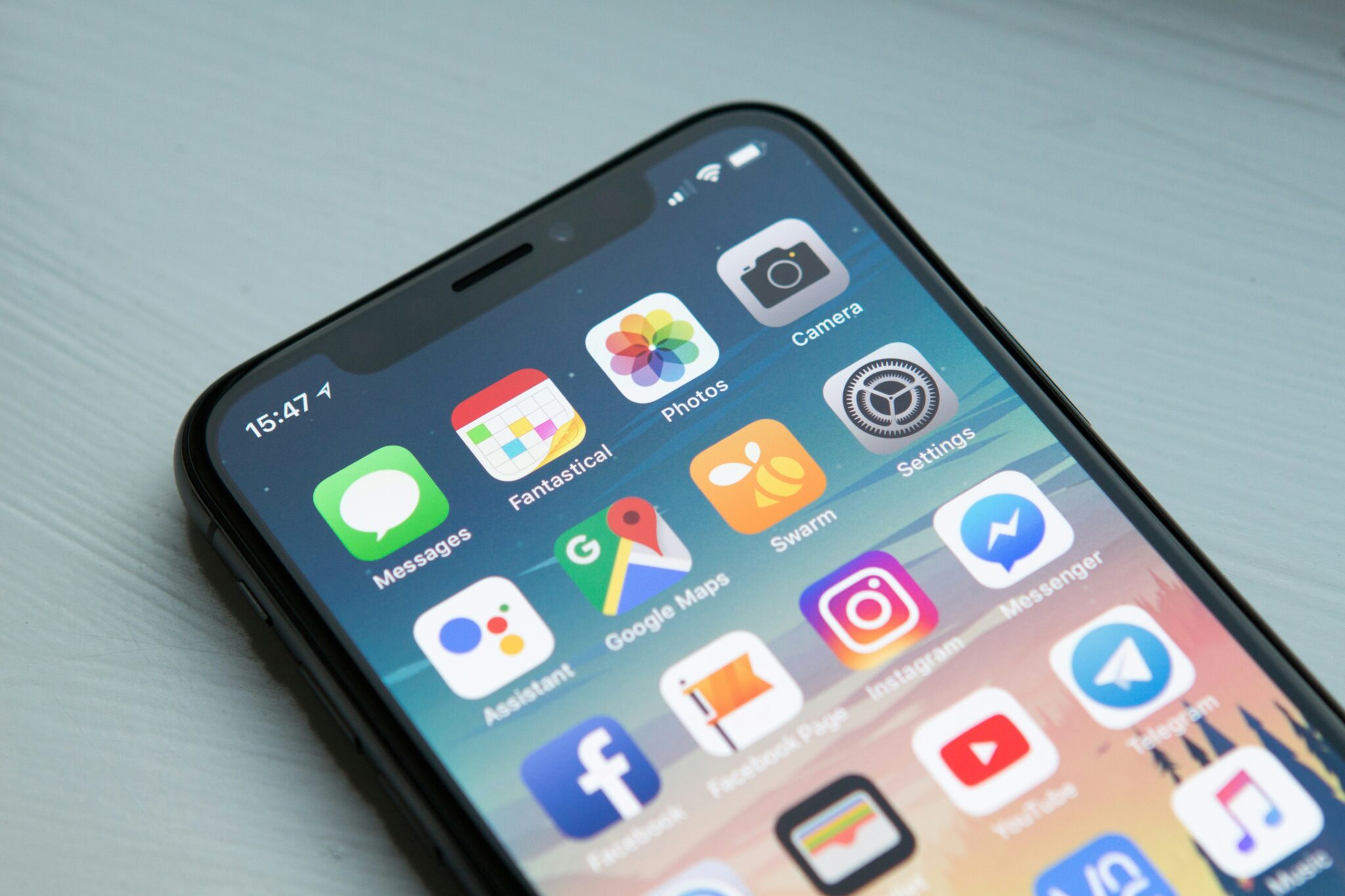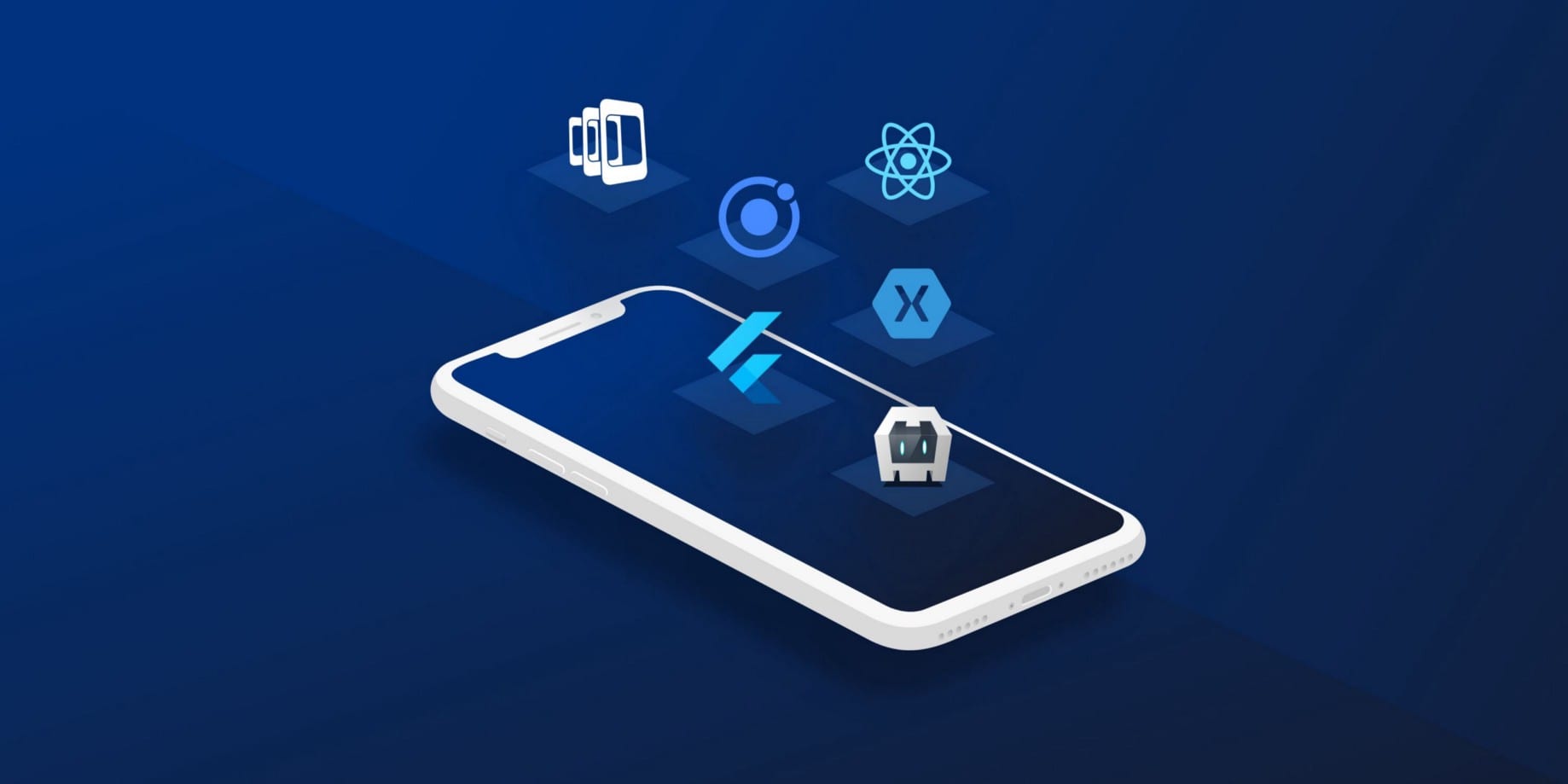On-Device AI: The Next Evolution in Mobile Apps
As we continue to navigate the ever-changing landscape of mobile app development, one trend stands out—on-device AI. This innovative approach involves running AI models directly on smartphones, reducing reliance on cloud servers and enhancing user experience. At Kanhasoft, we’ve seen firsthand how on-device AI is revolutionizing the way apps are developed and used. Let’s dive into what this means for the future of mobile apps.
Understanding On-Device AI
AI operations have traditionally been carried out on cloud servers, involving the transmission of data between the user’s device and distant data centers On-device AI is essentially about bringing the power of artificial intelligence closer to the user—right onto their smartphones. Unlike traditional cloud-based AI, which requires data to be sent to remote servers for processing, on-device AI processes information locally. This not only reduces latency but also enhances privacy and security, as sensitive data never leaves the device. For instance, imagine using a facial recognition app that can identify you instantly without needing an internet connection—thanks to on-device AI.
Benefits of On-Device AI
The benefits of on-device AI are multifaceted:
• Real-Time Processing: With AI models running locally, apps can respond faster, providing a seamless user experience. For example, real-time language translation apps can now work offline, making them indispensable for travelers.
• Privacy and Security: Since data is processed on the device, there’s less risk of data breaches or unauthorized access. This is particularly important for apps handling sensitive information, such as banking or health apps.
• Offline Functionality: Apps can operate even without internet connectivity, making them more versatile and user-friendly. Imagine being able to use your favorite fitness app to track your runs even in areas with poor network coverage.
The Rise of On-Device AI
We’ve all experienced the frustration of waiting for mobile apps to load or respond, often due to the lag associated with cloud-based processing. On-device AI eliminates this delay by handling tasks locally, ensuring real-time processing and a smoother user experience. For instance, consider a smart doorbell that recognizes visitors instantly, thanks to on-device facial recognition. This immediate feedback is crucial for practical applications where every second counts.
Technologies for On-Device AI
Several technologies are driving the adoption of on-device AI:
• TensorFlow Lite: Developed by Google, TensorFlow Lite is a lightweight version of TensorFlow, optimized for mobile and embedded devices. It allows developers to deploy AI models efficiently on smartphones.
• PyTorch Mobile: Similar to TensorFlow Lite, PyTorch Mobile enables developers to run PyTorch models on mobile devices, facilitating the creation of AI-driven apps.
• MediaPipe Solutions: An open-source framework developed by Google, MediaPipe provides a cross-platform solution for building AI applications. It supports a wide range of AI tasks, from facial recognition to gesture tracking.
• LiteRT: This technology focuses on efficient AI model execution on edge devices, ensuring that AI models run smoothly on smartphones.
Privacy and Security: The Core Benefits
Privacy is a significant concern in today’s digital age. On-device AI addresses this by keeping your data secure and under your control. It processes everything locally, avoiding the need to send sensitive information to external servers. This is particularly important for applications like voice assistants or personal note-taking apps, where privacy is paramount.
Offline Functionality: A Game-Changer
Imagine being able to use your GPS navigation system even in areas with poor or no internet connectivity. On-device AI makes this possible by allowing apps to function offline. This capability is invaluable for travelers or those living in rural areas where connectivity can be unreliable.
The Future of Mobile Apps for iOS and Android
As on-device AI continues to evolve, we can expect to see more sophisticated applications that prioritize privacy, speed, and offline functionality. This shift will likely influence how developers design apps, focusing more on local processing and less on cloud dependency. On-device AI is redefining mobile app development by enabling faster, smarter, and more secure applications for iOS and Android platforms. Technologies like TensorFlow Lite and PyTorch are used to create AI-driven Android mobile apps. For iOS mobile app, encrypted. Mlmodel formats ensure security while supporting advanced AI applications.
We’ve observed a growing interest in on-device AI among our clients, who are eager to leverage its benefits for their mobile applications. This trend suggests that the future of mobile technology will be shaped significantly by this technology.
Conclusion
In conclusion, on-device AI represents a significant leap forward in mobile app development. By processing data locally, it offers enhanced privacy, real-time processing, and offline functionality—features that are increasingly important to users. As we move forward, we anticipate seeing more innovative applications of on-device AI that transform how we interact with our devices. At Kanhasoft, we’re excited to see how this technology will continue to evolve and shape the future of smartphones and AI.











